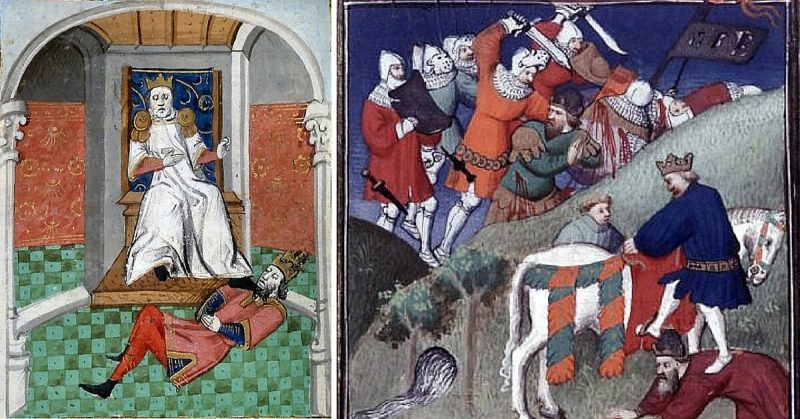In the middle of the 11th century, the Armenian lands suffered under the raids of the Seljuks. These fierce Turkish invaders conquered most of the Roman province of Armenia. The two Roman Emperors Constantine IX and Constantine X could not do anything to fend off the dreadful horde. The Battle of Manzikert would be decisive for the Old World…
Prelude to the Battle of Manzikert
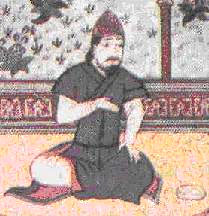
At last, an emperor who came would start to successfully push back the Seljuks. Romanos IV Diogenes was the hope for the Romans to retake their lands. The Roman army would manage to remove the Seljuks, and reclaim their lands in Northern Syria and East Anatolia.
Although the Roman force lost one battle in Syria, in which Alp Arslan himself had to take the command in order to win, the Seljuks withdrew. After this critical battle the leader of the Seljuks, Alp Arslan, would make a decisive choice.
In 1069 he sought to make peace with the Roman Emperor and turned his eyes to the Fatimid Caliphate instead.
In 1071, however, Emperor Romanos IV Diogenes had another plan. He seemingly renewed his peace with the Seljuk leader, giving him a false sense of security. Alp Arslan thought his borders were safe, and he withdrew from a siege in Anatolia, to regroup his army and lead it to the Egyptian Fatimid Caliphate. However, Diogenes was too gathering a force.
Secretly preparing a strong army, the Roman Emperor planned to retake the rest of Anatolia. Alp Arslan and his men started their march to the mighty city of Aleppo, which at that time was in the hands of the Caliphate. The Roman Emperor grasped the opportunity and besieged two important fortresses in Armenia.
Half of his army, about 20-25,000 strong, he used to besiege the Manzikert. The other half, consisting mainly of Frankish and other mercenaries, including the infamous Varangian guard, he sent to the fortress of Khilat. The mercenary Roman army sent to Khilat was under the command of Joseph Tarchaniotes.
Battle of Manzikert – August 26th, 1071
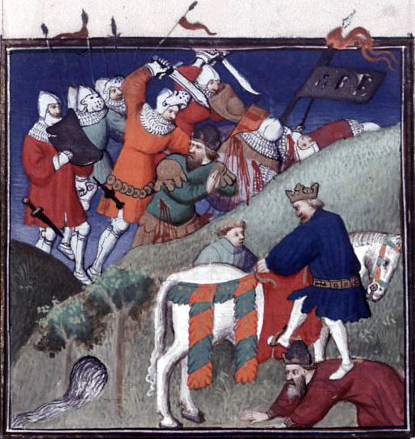
The Roman Emperor, nevertheless, made a critical mistake. His belief that the Seljuk leader would not react on time proved ill-founded. Alp Arslan was immediately informed of the movements of the Romans. His scouts even knew the exact location of their armies.
Alp Arslan gathered an army of 30,000 from Syria, Iraq, and even part of his personal force deployed in Aleppo. In his next movement, the Seljuk Sultan would intelligently use his strength against the divided Roman army.
The Turkish force reaches Lake Van in no time. Meanwhile, the Roman army had a challenging and slow march through the lands. The Seljuk force took the tired Roman army under Joseph by surprise. The army was wiped out completely. Afterward, the Seljuks marched to Roman-held Manzikert.
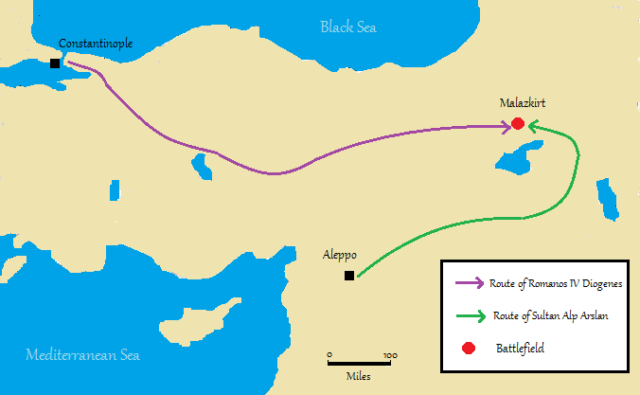
The Roman rear began to suffer constant raids by the Seljuk force. Emperor Romanos then made another crucial mistake.
Underestimating the numbers of the Seljuks raiding his deployed troops, the Roman Emperor began to send small units to deal with them. One after another the regiments fell to the blades of the Turkish army. Most of the Imperial cavalry was massacred together with their Armenian allies, under the August sun.
On the 26th of August, 1071, Emperor Romanos gave the command which would determine his fate. Commanding his men into an open battle, the Roman Emperor deployed his force in a classical formation.
The Defeat
The Seljuk Sultan, however, already had a tactical deployment to respond to the Romans. Deploying his men in a crescent shape, he quickly tricked the Roman army deep into the semicircle.
As the circle was closing on the confused and shrinking Roman army, their Emperor saw no other way but to retreat. The commanders under the Emperor were so eager to leave that it created an utter chaos in their midst.
The disorganized retreat led to the deaths of even more Roman soldiers, and the army right wing was not even informed they were to withdraw from battle.
As night was falling, the Roman soldiers fell to the ground, sliced by the Seljuks. The perfectly played plan of the Turkish force helped them to scatter and slaughter the confused Roman army. The left and right wings were destroyed, and the center followed them.
The Varangian guard, the last men who stood to defend their Emperor, were killed. Emperor Romanos IV Diogenes was captured.
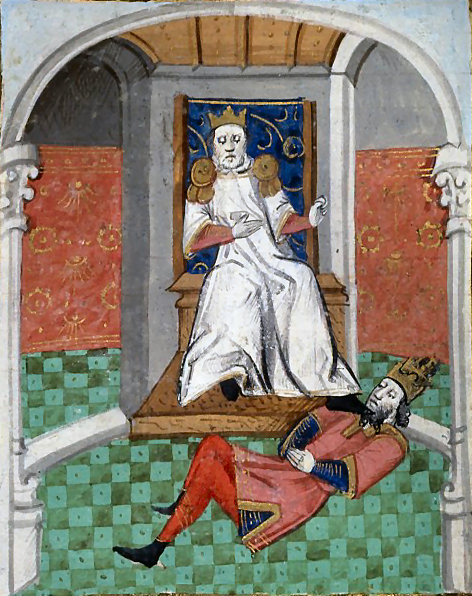
Aftermath
The decisive defeat of the Roman army and the capture of the Emperor Romanos IV Diogenes played a vital role in the future of the contested territories. Although Romanos was released from captivity some time later, the defeat and his capture significantly undermined Roman authority in Anatolia and Armenia.
It was the first time in history an Emperor was a prisoner of the Seljuks. Romanos was released by Alp Arslan, but only after a ransom was paid.
Furthermore, the powerful Duka family did not accept the humiliation emperor Romanos now represented. Thus the defeat at the Battle of Manzikert also meant series of civil conflicts inside the Empire, which led to economic crisis. The Roman Empire grew weaker and more defenseless.
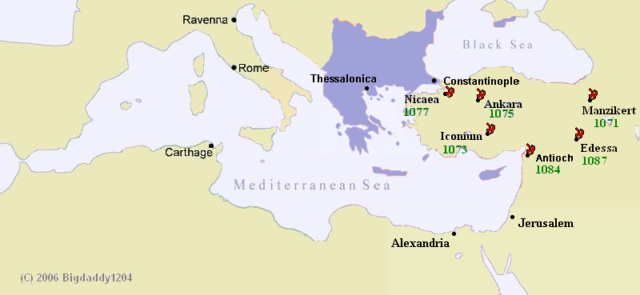
The huge setback for the empire led to the further growth of the Seljuk powers. With the consolidation of the Seljuk domination in the realm, it allowed for the gradual Turkification of Anatolia. Sultan Alp Arslan’s death in 1072 did not cause a pause in the Turkish expansion. Actually, it was after his death that the Seljuks began to rapidly increase their realm and influence.
